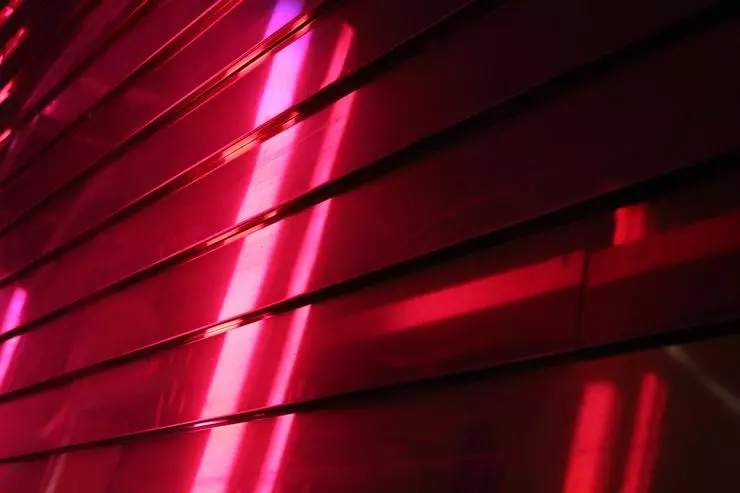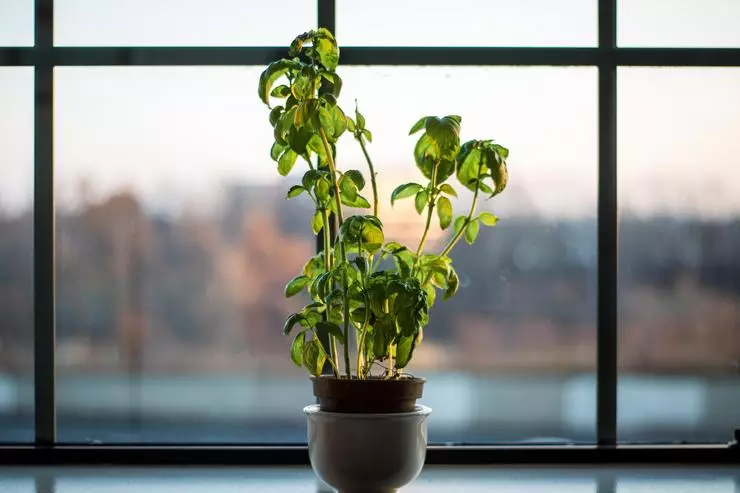In addition to humidity and temperature, another important plant growth factor is light. It strongly affects the velocity of plant photosynthesis and metabolic activity. The main source of light for plants is the sun, but to carry out this in winter, alas, it is impossible. However, recently, the market has increased the amount of artificial means of providing plants with light. Artificial means require the use of a special type of light source, called growing light. Perhaps you heard about this type of light sources and wondered how to use them. This article will tell how to use lamps for growing plants.
What it is?
Growing lighting is an artificial light source designed to provide adequate and suitable light to stimulate photosynthesis, which leads to the optimal growth of plants. Most growing lamps work from electricity. Plant growing lamps can be used for home gardening, food production and even for growing aquatic plants.

Botanist from Russia Andrei Faminitsyn was a pioneer in growing plants using artificial light
Photo: unsplash.com.
Lighting for growing plants was also adapted to the agricultural department, especially in countries with low sunlight. Basically, they are used at the level of commercial production. Since it helps to provide light in the absence of sunlight, it has a big impact on the development of home farming. Botanist from Russia Andrei Faminitsyn was a pioneer in the cultivation of plants using artificial light. Now you can grow your favorite blooming plant without putting it on the window. There are no longer restrictions on plant growth due to different duration of the daylight.
How do they work?
Most lamps for growing plants are designed to work as well as the sun, providing a spectrum of light close to sunny. Sometimes they are adapted for a particular plant. Three properties of light influence the growth: intensity, duration and spectrum. The use of light for growing plants allows you to control all these properties of light. For the duration of the lighting, you can configure the light source to switch between active or disabled. The intensity of light, which is a measure of light obtained during the time is determined by the growing light bulb and the power supplied to it. The spectrum of light, which explains the composition of the light source, strongly depends on the type of light used for growing.
Depending on the light spectrum, there are different categories of growing lamps: red, blue and full spectrum. There are different types of lamps for growing plants. These include fluorescent lamps, incandescent bulbs, hidden lamps, LED lamps, halogen lamps and lamps for growing gardeners. Halogen lamps and incandescent lamps highlight a lot of heat and emit the best wavelength of red. Fluorescent and LED (light-emitting diodes) Light for growing plants is better saved by low heat generation energy. HID lights, high intensity discharge lamps are more popular, but they highlight a huge amount of heat. The HID lamps use a gas discharge principle with an electric drive, therefore, metal salts are required for them. In LED lamps use semiconductors to obtain light.

Some growing lamps may adversely affect plant growth, especially those that allocate too much heat
Photo: unsplash.com.
How to use lamps for growing?
Use the growing lamps are very simple, but you need to be very careful. Some growing lamps can adversely affect plants growth, especially those that allocate too much heat. It is impossible to bring them too close to plants. For starters, let's look at some plants that feel good when illuminated. Plants such as tomatoes, orchids, carrots, ginger, salad, green onions and even flowers, can be grown with lamps.
You need to take into account the number of plants that you will grown. You also need to think about the peculiarities of the plant that you will grown. You must take into account your budget and affordable cultivation space. Some plants require short-term lighting, some can survive with medium lighting, and some may be required for a longer time. Some plants such as begonias are required by a short time, tomatoes prefer a longer period, while deciduous plants can cope with the average number of light. The average duration is about 10 hours.
You must choose the right type of breeding lamps. Incandescent lamps are less expensive, but they consume more electricity, while HID lamps are more expensive, but consume less electricity. If you grow a large number of plants, it is recommended to use HID lamps. HID lamps also provide greater light intensity. It is very useful to have a spare light if a lamp has a malfunction.
Given the above-mentioned criteria, find a cool place, preferably an empty room, in your home. Buy high-quality cartridges for lamps and install them in place. Make sure the lamp cartridges are not too close or far from the plants. Although the distance may vary, 30 cm should be enough. Working on the duration of light is needed after the lamp is installed. You need to adjust the amount of light supplied depending on the type of the plant you grown. Plants need a rest time, so you need to regularly turn off the light. You can use the timer, as it can be more accurate and economical.
Make sure the plants get the same amount of light, alternating plants at least every week. As the lamps are aging, they become dull and less efficient, especially fluorescent lamps for growing plants. Therefore, you need to check the light bulbs and replace them. When dust or dirt accumulates in the bulbs, they become less effective. Therefore, do not forget to regularly check the lamps to consider dirt. Make sure you adjust the distance of the lamp as the plants grow towards them.
The successful growth of your plant also depends on other factors, such as the viability of seeds, the substrate for growing, water quality and its number, as well as fertilizers. Your budget is an important factor to be taken into account if you are going to engage in activities requiring lighting for growing plants. HID lamps remain the best lamps for cultivation, but they are more suitable for large plant populations. If you need to grow only a decorative plant, you can purchase fluorescent lamps for growing.
